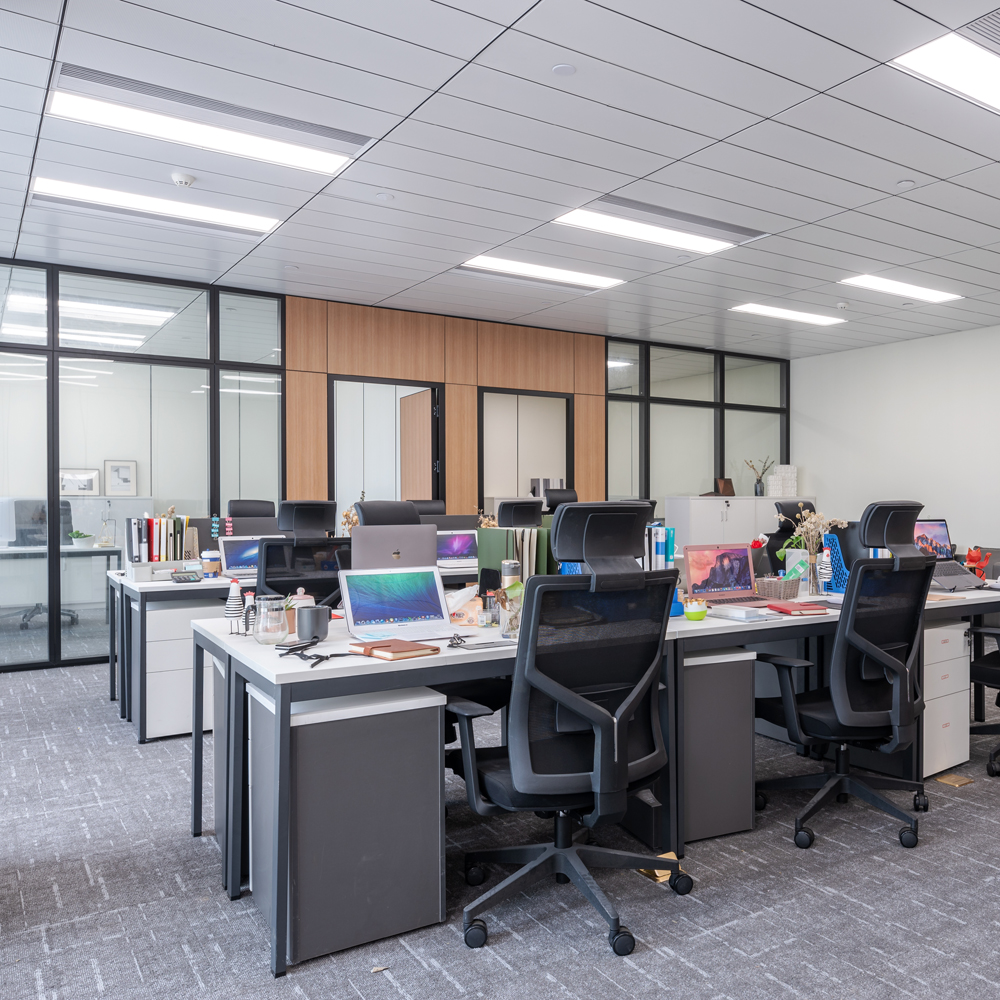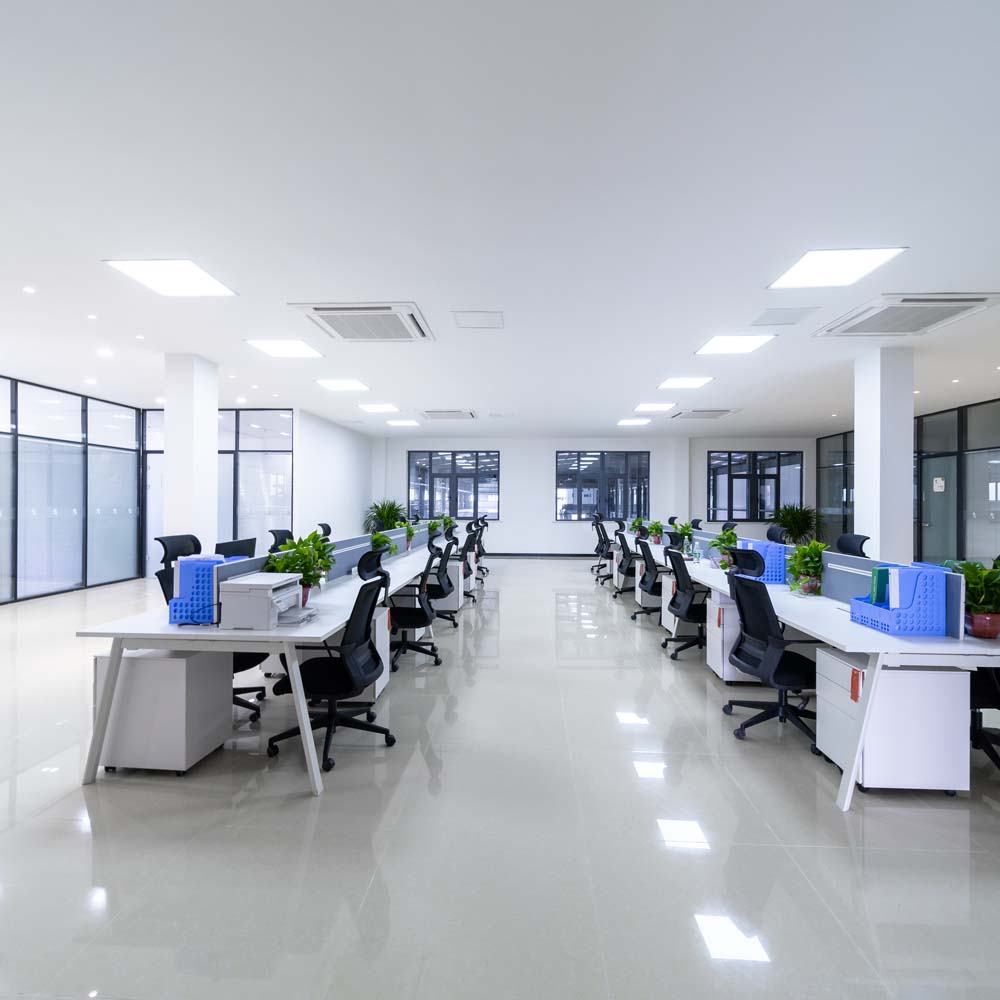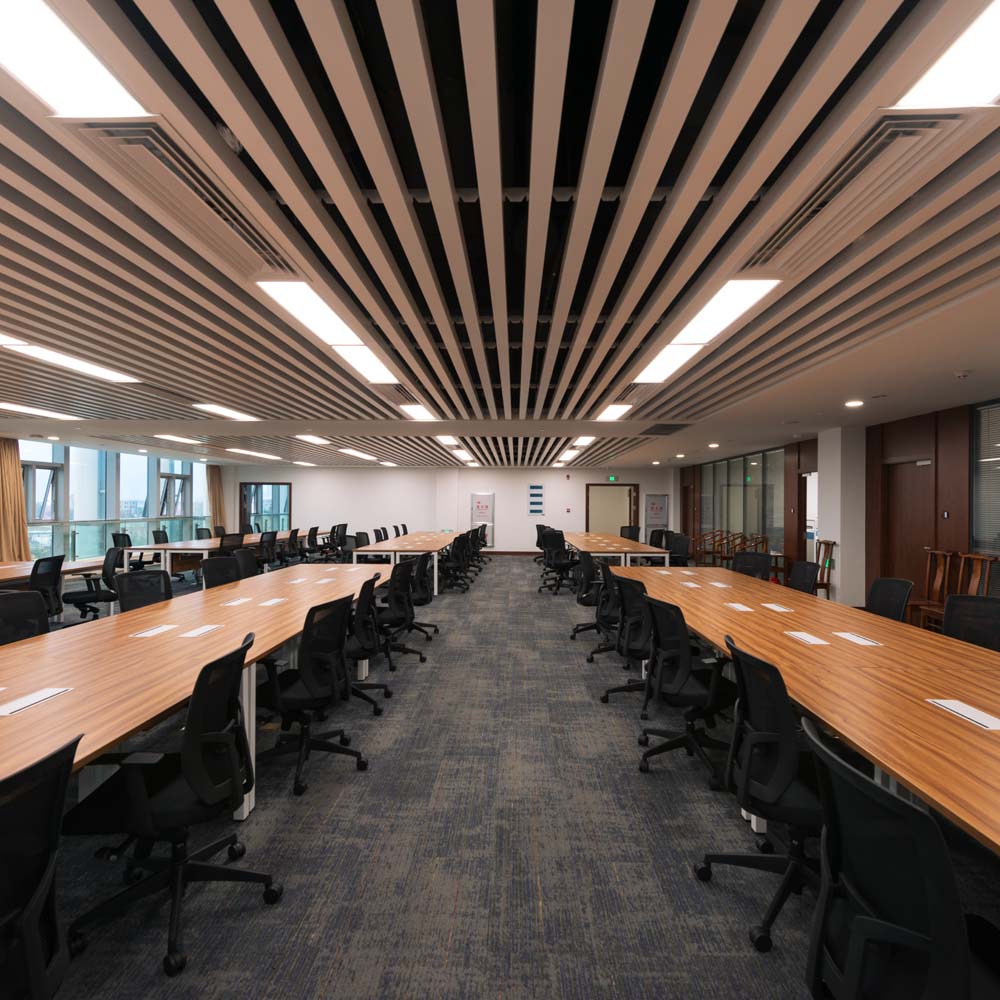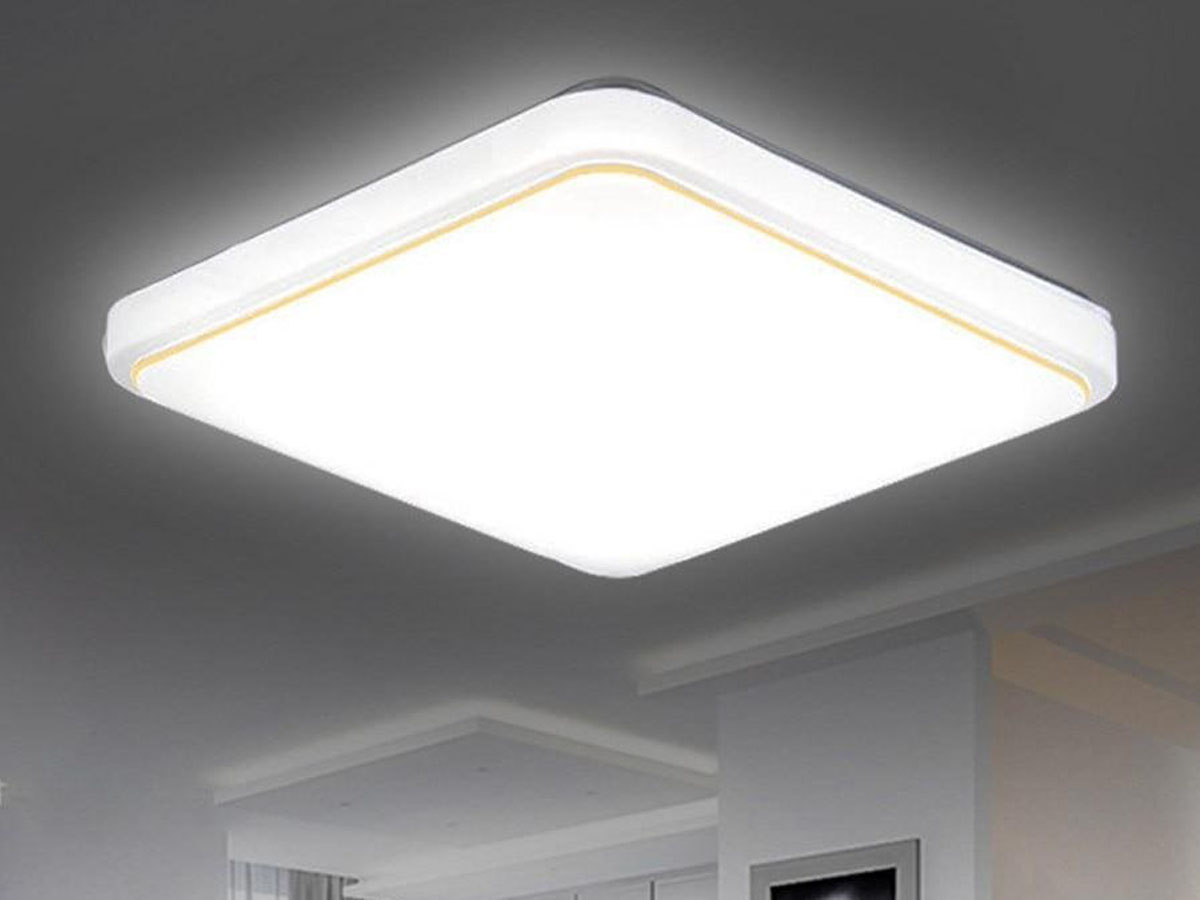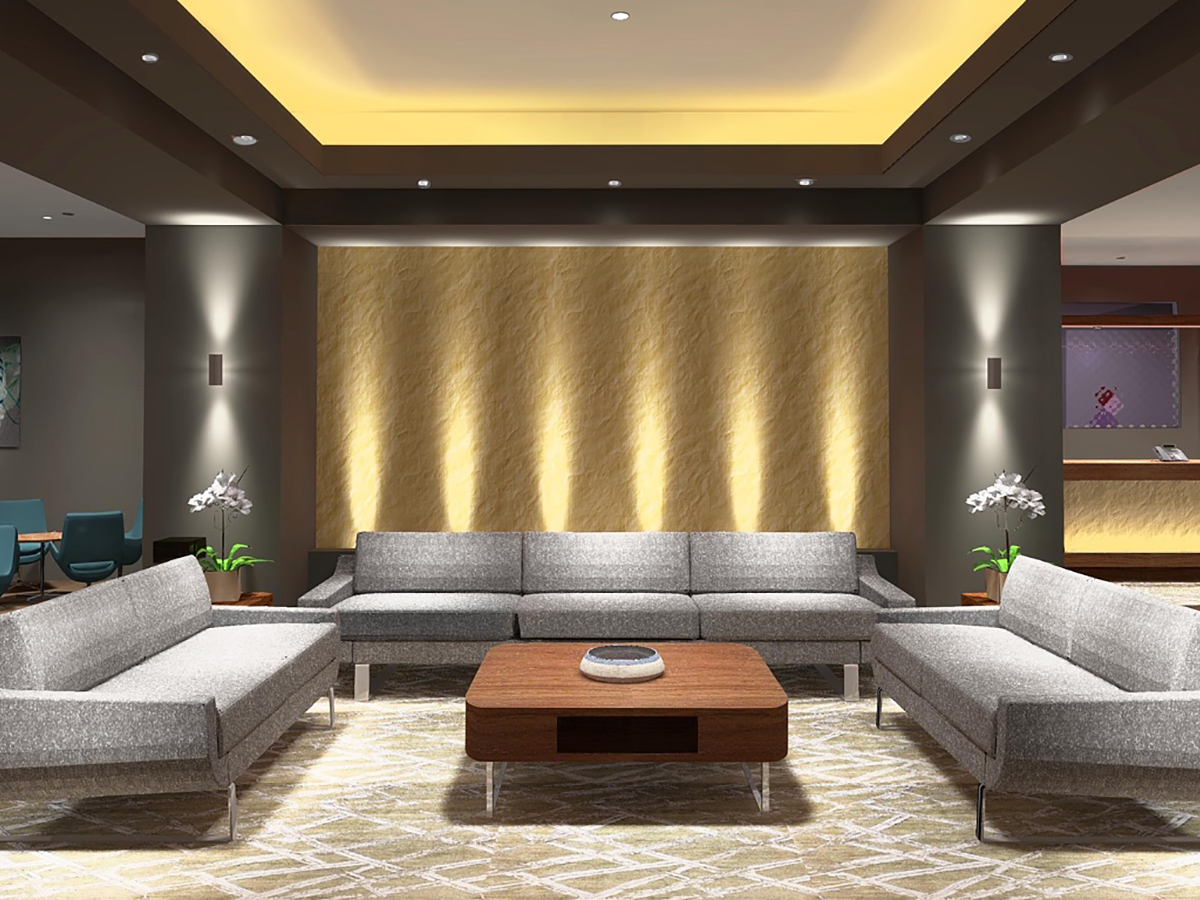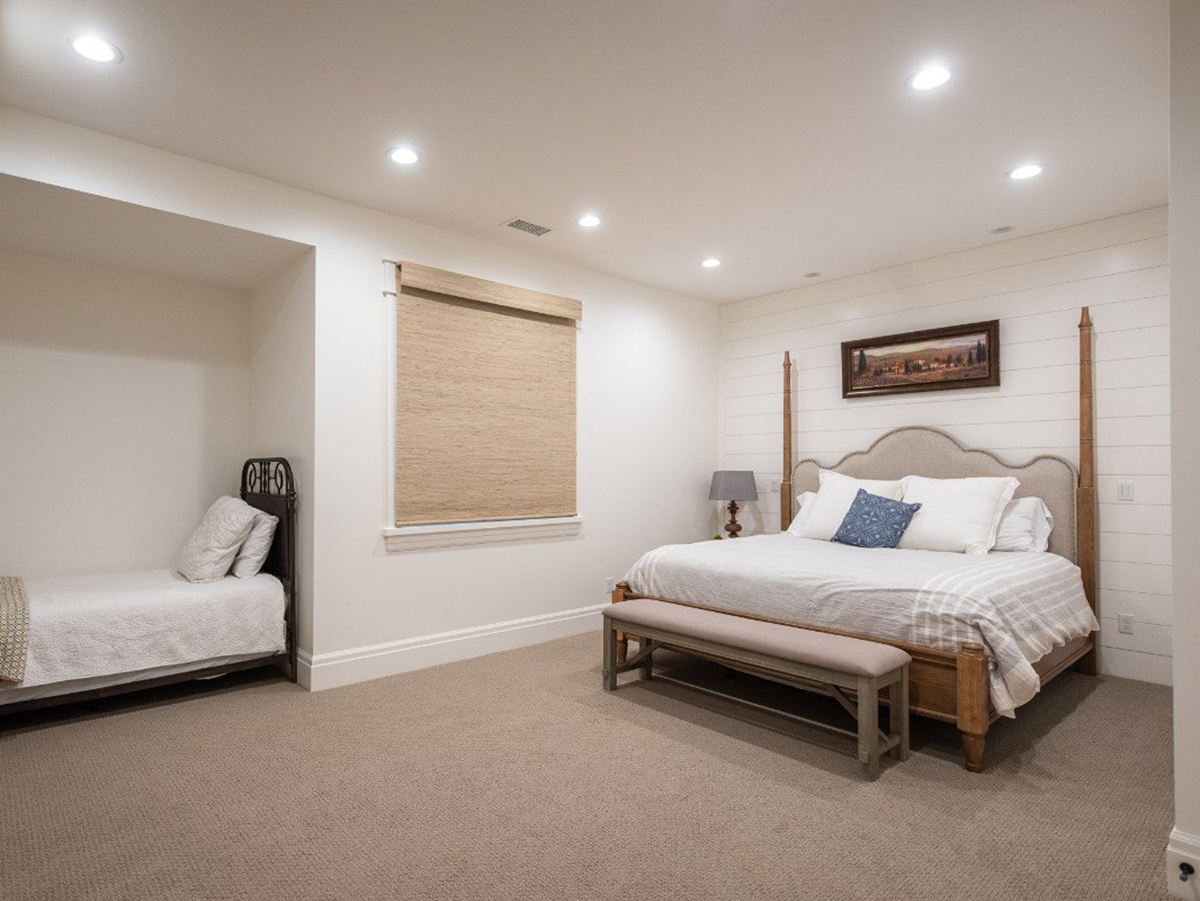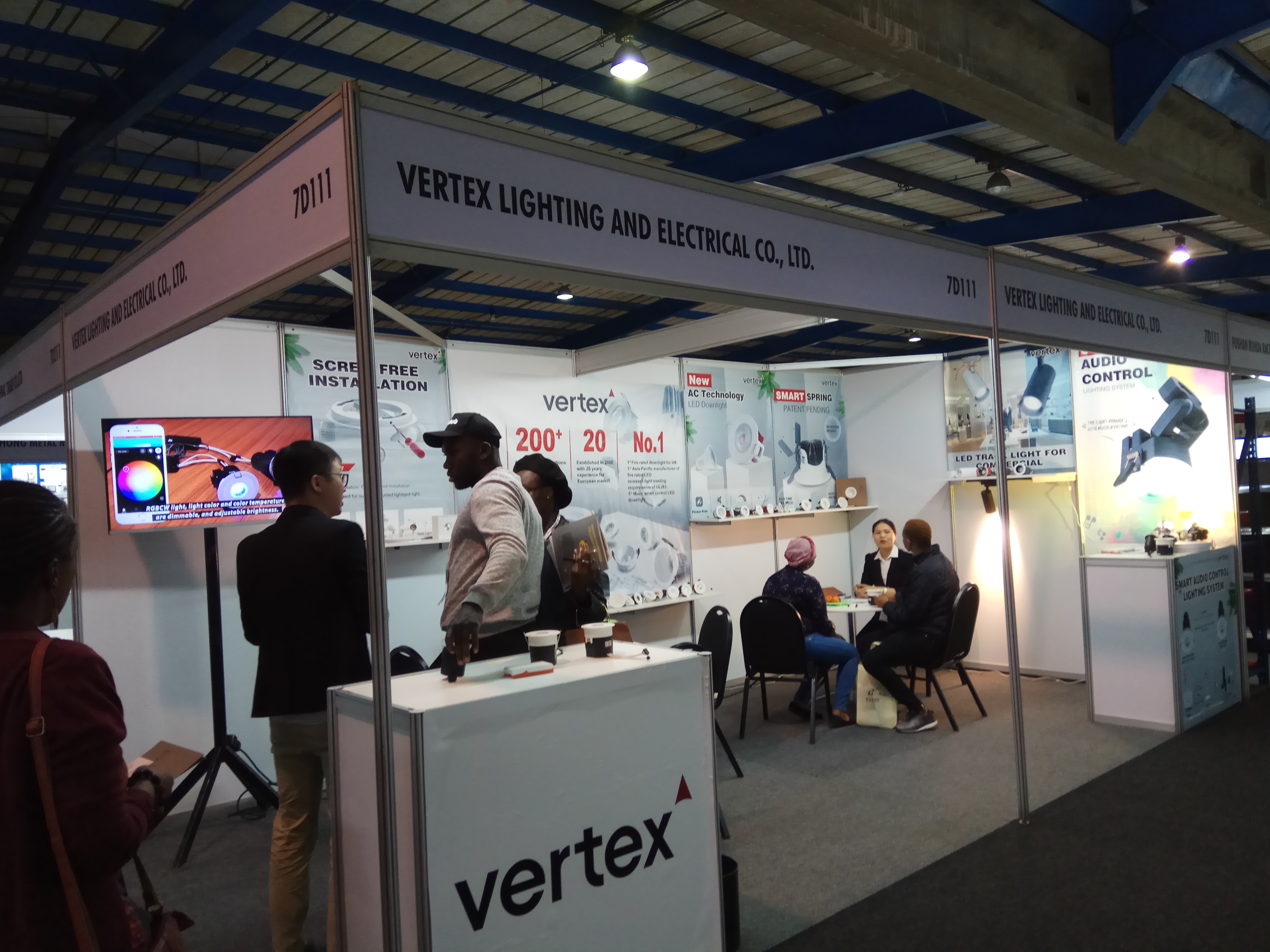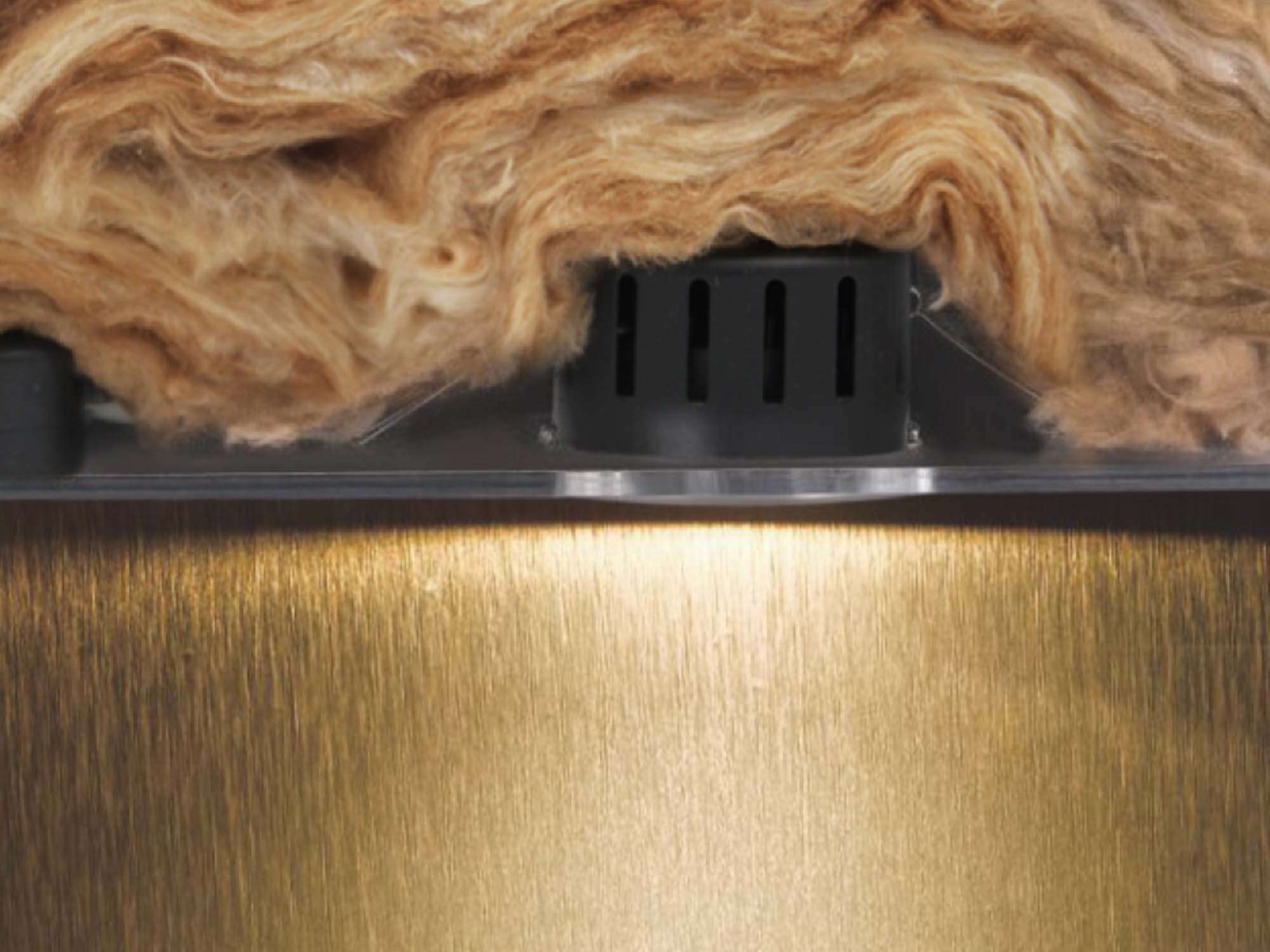Choosing the best LED panel lights for your space involves a careful consideration of various factors to ensure optimal lighting performance, energy efficiency, and aesthetic appeal. This guide will walk you through the most important things to consider when selecting LED panel lights, allowing you to make an informed decision.
Understanding LED Panel Lights
What Are LED Panel Lights?
LED panel lights are a modern lighting solution designed to replace traditional fluorescent ceiling lights.
They are known for their sleek design, energy efficiency, and ability to provide uniform light distribution. These lights are widely utilized in commercial, office, educational, and home settings.
Benefits of LED Panel Lights
Energy Efficiency: LED panel lights consume significantly less power compared to traditional lighting solutions, reducing energy bills by up to 80%.
Long Lifespan: They have a long operational life, often rated for up to 50,000 hours or more, minimizing maintenance and replacement costs.
Uniform Light Distribution: LED panels provide even lighting, reducing glare and creating a comfortable environment.
Dimmability: Many LED panels offer dimmable options, allowing you to adjust the brightness according to your needs.
Color Temperature Options: They come in various color temperatures, making them suitable for different settings and moods.
Key Factors to Consider
Energy Efficiency
Energy efficiency is a primary reason for choosing LED panel lights. Look for panels with a high lumen-per-watt ratio, which indicates how much light is produced per unit of power consumed. Higher ratios mean more efficient lighting.
Lifespan
The lifespan of LED panel lights is crucial, especially for installations in hard-to-reach areas. Opt for panels with a lifespan of at least 50,000 hours. Additionally, check for quality certifications like UL, CE, and RoHS to ensure durability and compliance with industry standards.
Brightness (Lumens)
Brightness is measured in lumens. Higher lumen ratings indicate brighter light. Compare the lumen output of various panels in the same power range to see which one provides the best brightness for your environment.
Color Temperature
Color temperature, measured in Kelvin (K), affects the ambiance of a space. Warmer tones (2700K – 3000K) create a cozy atmosphere, while cooler tones (4000K – 6500K) are ideal for workspaces. Some LED panels offer adjustable color temperatures, providing flexibility for different settings.
Dimmability
Dimmable LED panels allow you to control the light intensity, making them suitable for multi-functional spaces. Check the dimming range (e.g., 0-100%) and ensure compatibility with your dimmer switches.
Color Rendering Index (CRI)
CRI measures a light source's ability to reveal objects' true colors. A higher CRI (over 80) is ideal in locations that require color fidelity, such as retail establishments and art studios.
Installation Type
LED panel lights can be installed in various ways, including recessed, surface-mounted, or suspended. Choose the installation type that best suits your ceiling structure and aesthetic preferences.
Size and Shape
LED panels come in different sizes (e.g., 1x4, 2x2, 2x4) and shapes (square, rectangular).
Select the size and shape that fit your ceiling grid and provide adequate coverage for your space.
Emergency Backup
Consider LED panels with an emergency backup feature for critical areas like hospitals and schools. This enables continuous illumination during power outages, which improves safety and dependability.
Warranty
A comprehensive warranty covering both the product and its performance is essential. It provides assurance of quality and reliability, protecting your investment.
Conclusion
Choosing the best LED panel lights for your space involves a thorough assessment of your lighting needs, considering factors like energy efficiency, brightness, color temperature, and installation type. By avoiding common mistakes and choosing high-quality LED panels, you can improve the ambiance, functionality, and energy efficiency of your room.
